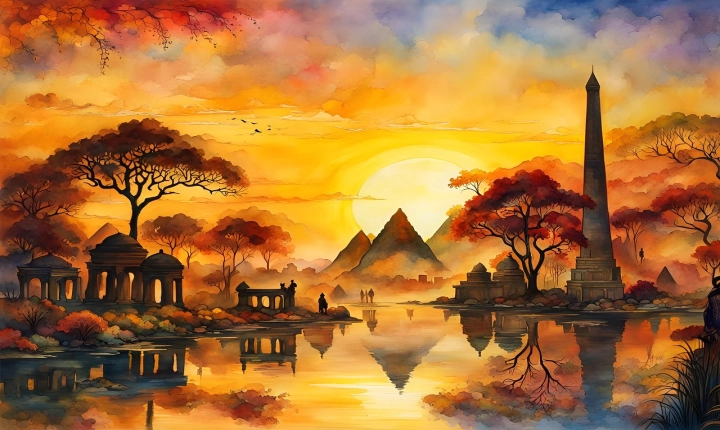Is AI-Generated Art Stolen?
Art has long been a form of human expression, a reflection of culture, and a means of communication. As technology continues to advance, the use of artificial intelligence (AI) in the creation of art has become more prevalent. This has raised new ethical questions, including whether AI-generated art can be considered original and if it can be subject to theft.
The concept of “ownership” in relation to AI-generated art is complex. Unlike traditional art, AI-generated art is created using algorithms and machine learning, which raises questions about authorship and copyright. While the technology itself is not capable of owning rights to the art it produces, the individuals or organizations who develop and use the AI hold potential claims to its intellectual property.
One viewpoint is that AI-generated art should be regarded as a collaborative effort between the human creators and the technology, enabling a new type of artistic expression. In this context, the legal ownership of AI-generated art would likely be similar to that of a co-authored work. This would mean that the copyright would be shared between the creators and the AI, with the human creators assuming responsibility for the decisions and processes involved in training and utilizing the AI.
However, the emergence of AI-generated art has also raised concerns about potential exploitation and theft. Some argue that, without proper safeguards, AI-generated artwork could be vulnerable to misuse and unauthorized reproduction. If AI-generated art is distributed and sold without the consent of the individuals or organizations that developed the AI, it could be considered a form of intellectual property theft.
Furthermore, the issue becomes murkier when considering the source material used to train the AI. If an AI has been trained using copyrighted art from other creators, questions may arise regarding the originality and ownership of the art produced by the AI. This brings up the necessity for ethical considerations and clear legal guidelines in the development and use of AI-generated art.
As AI technology continues to evolve, it will be crucial for legal frameworks to adapt to these advancements. The ethical and legal considerations surrounding AI-generated art need to be addressed to ensure that creators are fairly acknowledged and compensated for their work. Moreover, it is important to establish guidelines for the ethical use of AI technology to prevent exploitation and unauthorized use of AI-generated art.
In conclusion, the question of whether AI-generated art can be stolen is a multifaceted and evolving issue. While AI presents exciting new opportunities for artistic expression, it also raises important questions about ownership, copyright, and ethical use. As the use of AI in art becomes more widespread, it is essential to establish clear guidelines and legal frameworks to protect the rights of creators and ensure the ethical use of AI-generated art.
